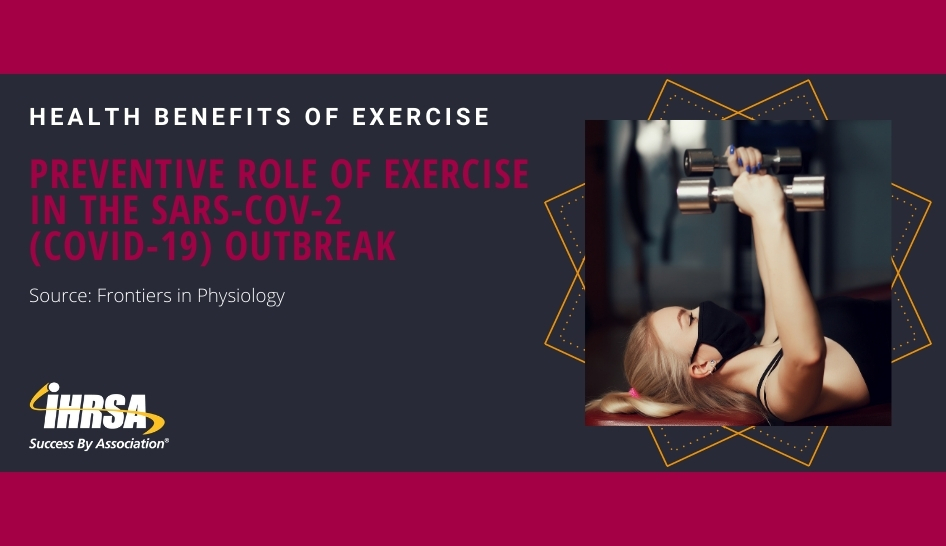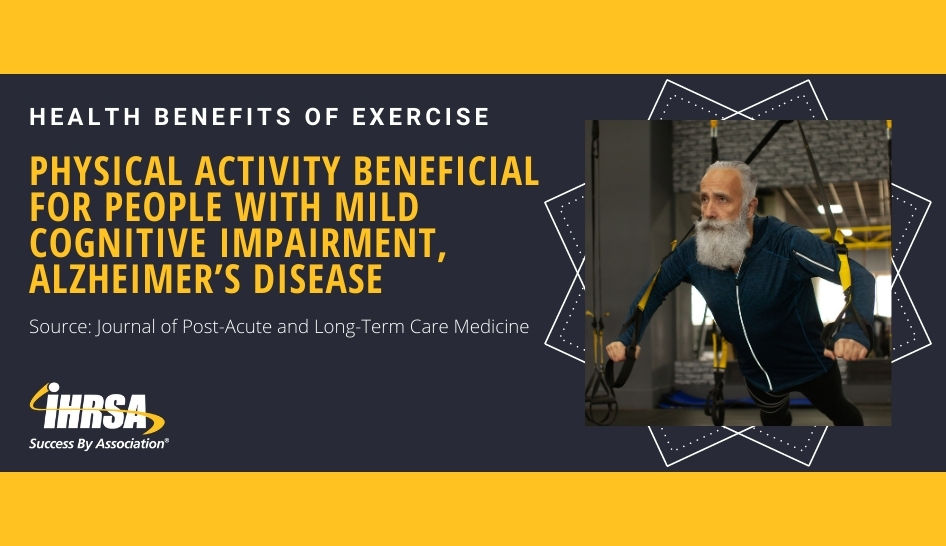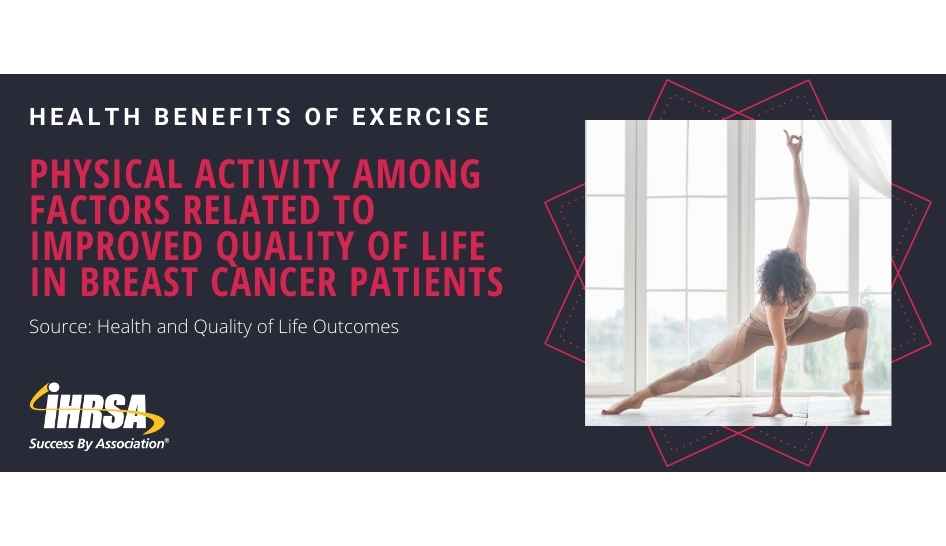The Health Benefits of Exercise Report is a newsletter and article series in which we select three peer-reviewed articles, summarize the key findings, and provide social media images for you to share with your community. You can read previous articles here.
As the COVID-19 pandemic persists, maintaining a physically active lifestyle continues to present a challenge. However, we know that exercise is a key measure to help prevent chronic health conditions that still affect millions of people and increase the risk of severe COVID-19. This month’s edition of the Health Benefits of Exercise Report covers:
- An article outlining how exercise may play a preventive role amid the COVID-19 pandemic,
- A systematic review of the effects of physical activity/exercise on cognition, quality of life, and other outcomes in people with cognitive impairment and dementia, and
- A review of evidence over the last decade on factors that influence quality of life in people with breast cancer.



